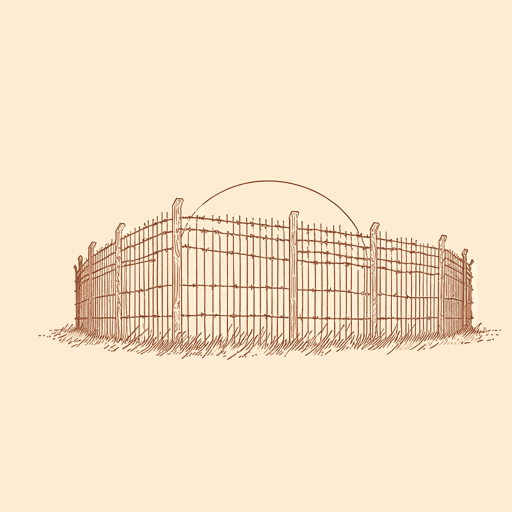68 pages • 2 hours read
Kim LiggettThe Grace Year
Fiction | Novel | YA | Published in 2019A modern alternative to SparkNotes and CliffsNotes, SuperSummary offers high-quality Study Guides with detailed chapter summaries and analysis of major themes, characters, and more.
Important Quotes
“There’s no bickering or murderous glares; everyone has come together in peace. In unity. We are sisters, daughters, mothers, grandmothers, standing together for a common need, greater than ourselves.”
(Part 1, Chapter 1, Page 5)
For years, Tierney has had a recurring dream about a place where women can gather and come together as one sisterhood. In these dreams, a mysterious girl rallies the women, and for the first time, no one is trying to hurt or outdo one another: They want to build a better future for their daughters. Dreaming is forbidden in Garner County because the men fear that the women will use it to hide their magic, but Tierney’s dream is dangerous in a different way: It is inspiration for liberation and united defiance.
“It’s common knowledge they’re out there waiting for a chance to grab one of the girls during their grace year, when their magic is believed to be most potent, so they can sell their essence on the black market as an aphrodisiac and youth serum.”
(Part 1, Chapter 2, Page 19)
In The Grace Year, the poachers and the magic represent society’s obsession with young girls’ bodies. The very idea that the body parts of a 16-year-old girl would produce an aphrodisiac and source of beauty hints at an insidious, predatory culture toward young women. Tierney is sexualized by married men, and even the town’s priest lusts after Tierney, Kiersten, and the other girls. The girls can never be left alone, and they cannot escape being sexualized—not even in death.
“[T]hat’s the funny thing bout weeds. You can pull em up by the root, burn the soil where they stood, might lie dormant for years, but they’ll always find a way.”
(Part 1, Chapter 2, Page 20)
When Tierney spies the mysterious red flower at the flower stand, the woman selling the flowers tells her that it’s just a weed. The flower, which comes to represent the underground rebellion of the women, appears throughout the novel.

